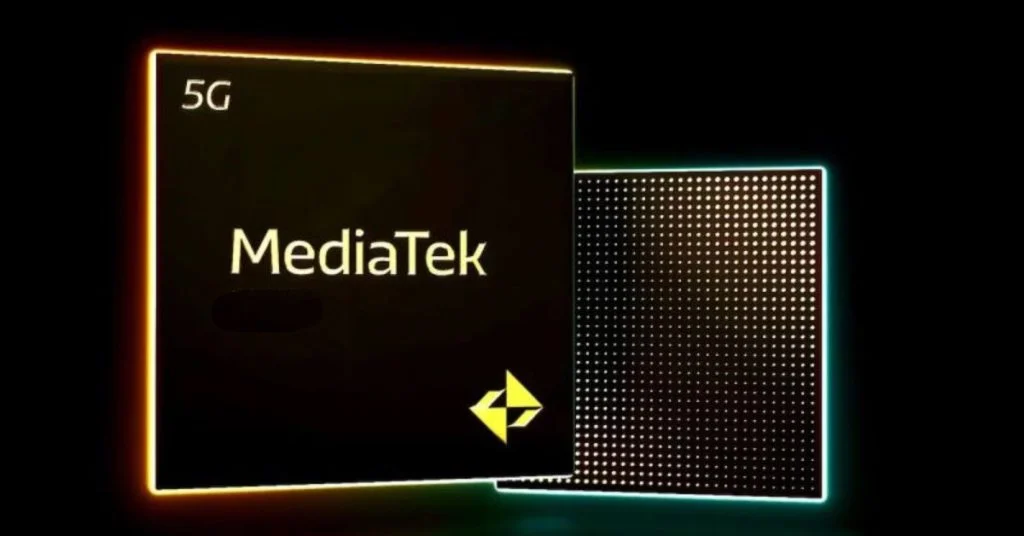Understand how Apple's Center Stage works today and discover the likely innovations and enhancements shaping its evolution by 2025, empowering more dynamic and intuitive video communication.
Introduction: The Dynamic Frame of Apple Center Stage
In an increasingly digital world, seamless video communication is paramount. Apple's Center Stage feature, introduced on the iPad Pro in 2021 and now available across several iPad models, Mac Studio Display, and even some MacBooks, revolutionized how we interact during video calls. It intelligently uses machine learning and an ultrawide front camera to keep you perfectly framed, even as you move around. Looking ahead to 2025, while Apple rarely pre-announces specific feature iterations, the trajectory of its innovation suggests exciting refinements and expansions for Center Stage, enhancing its intelligence, fluidity, and integration.
The Power Behind Center Stage: How It Works Today
At its core, Center Stage is a marvel of computational photography and AI. It leverages a high-resolution ultrawide front-facing camera, significantly wider than traditional selfie cameras. This expansive field of view captures a broad area. Apple's Neural Engine, a dedicated chip designed for machine learning tasks, then analyzes the video feed in real-time. It identifies human figures, tracks their movement, and then digitally crops and pans the image to keep the subject—or multiple subjects—centered and optimally framed. This all happens instantly, creating the illusion of a camera operator following your every move.
- Ultrawide Camera: Provides the necessary breadth to 'see' a larger scene.
- Neural Engine: Powers the on-device machine learning for subject detection and tracking.
- Machine Learning: Continuously learns and refines its ability to identify and frame people.
- Digital Cropping & Panning: Creates a smooth, natural-looking virtual camera movement.
“Our goal is to make technology disappear, to put people at the center of the experience. Center Stage is a testament to that vision, making your video calls more natural and engaging.”
— Tim Cook, Apple CEO, Keynote Address
Evolutionary Path: Beyond Today's Frame Towards 2025
By 2025, we can anticipate Center Stage to become even more sophisticated, not necessarily through a fundamentally 'new' camera hardware component solely for Center Stage, but via enhanced software intelligence leveraging continually improving front camera sensors and Apple's powerful processing. The 'new Center Stage front camera' would likely be an evolution of existing hardware, further optimized to support these advancements:
- Enhanced Subject Awareness: Future iterations could offer more granular control, distinguishing between primary and secondary subjects, or even intelligently framing pets alongside humans. Advanced machine learning might allow for more intuitive scene analysis, identifying specific gestures or actions to refine framing.
- Seamless Transitions & Wider FOV: Expect even smoother, more predictive panning and zooming. As front camera sensors continue to improve in resolution and dynamic range, Center Stage will have more data to work with, allowing for higher quality crops and more nuanced adjustments, even from wider fields of view. This could also mean better performance in varied lighting conditions.
- Hardware Symbiosis: While Center Stage is software-driven, it benefits immensely from hardware improvements. Future Apple devices might feature front cameras with larger sensors for superior low-light performance, or even more advanced optical stabilization, naturally enhancing the input quality for Center Stage's algorithms. Whispers of under-display camera technology are far off, but incremental sensor and lens upgrades are a certainty, directly benefiting Center Stage's capabilities by providing a richer canvas.
- Integration with Future Tech: As Apple delves deeper into spatial computing with products like Apple Vision Pro, Center Stage's underlying technologies for eye tracking and spatial awareness could find new applications. Imagine Center Stage-like capabilities in augmented reality interactions, where your digital avatar dynamically mirrors your real-world movements and expressions with unprecedented accuracy.
Summary: A Smarter, More Seamless Connection
Apple's Center Stage has already transformed how we experience video calls, making them more natural and less distracting. Looking towards 2025, the 'innovation in the new Center Stage front camera' won't be a single, revolutionary hardware piece but rather a continuous evolution. It will be a combination of smarter algorithms, more powerful Neural Engine capabilities, and the natural progression of Apple's high-quality camera hardware. This synergy will enable Center Stage to offer even more intelligent, fluid, and context-aware framing, further empowering users to connect, create, and collaborate with unparalleled ease and presence.


